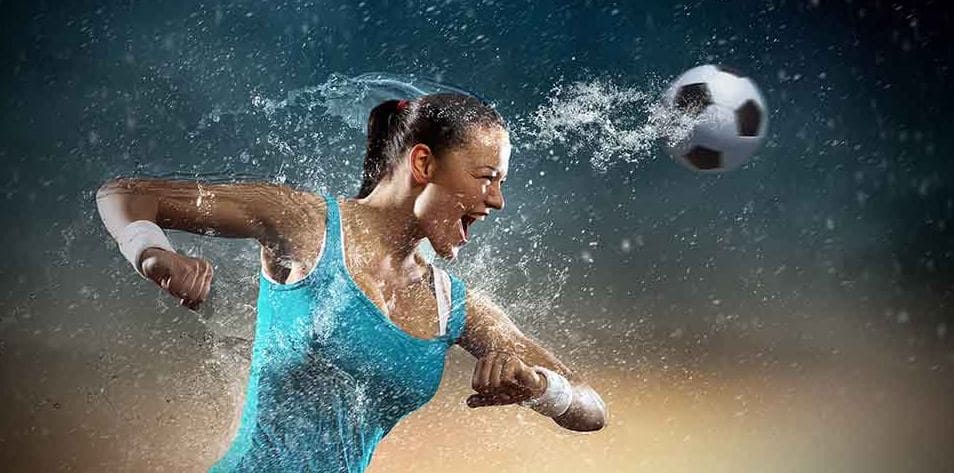Introduction
The general under-representation of women in sports is a perfect demonstration of the prevalence of gender stereotyping in this global industry. Indeed, this social reality is one of the reasons for the increased agitation for affirmative action in sports at the different national, regional, and international levels of the sports industry. The three most effective ways of overcoming gender stereotypes in sports are to ensure that women occupy decision-making positions in sports organizations, appoint more females as coaches in different sports, and address gender pay inequalities in sports.
Placing More Women in Decision-Making Positions in Sports Organizations
Facilitating more women to occupy leadership positions in sports organizations is the most effective strategy for granting them decision-making power. This aspect is essential in reversing the prevalence of gender stereotypes in sports that disadvantage women. For example, women can influence the culture of the organization if they attain a critical mass, which is about 30 percent of the workforce, and occupy at least three positions on the board (Katsarova 3). In other words, women can alter power relations in the organization if their presence is felt. Since gender stereotypes are a product of power relations, having women in decision-making positions who can place their kind in strategic positions can be an effective solution.

Appointing More Women as Sports Coaches
Since sports are voluntary activities, government regulations regarding participation are limited. This characteristic explains the reality of gender stereotypes in sports leadership, where more men than women serve as coaches in different sports. Research indicates that female coaches serve as role models who inspire other women to pursue and accomplish similar achievements (Banwell et al. 68). As such, appointing more women as coaches in sports where females are historically underrepresented is an effective strategy for addressing gender stereotypes in the sector. Although not all women who join sports may desire to be coaches, inspiring and appointing some of them to be coaches creates a positive impact through role modeling.
Addressing Gender Pay Inequalities
The gender pay gap is an issue that affects women in most industries, including sports. For instance, while this gap is narrowing in sports, it is still significant in its effects, which include having most women in sports seeking a second job than their male counterparts (Ramdat 47). Under such circumstances, it is impossible for women to have similar opportunities with men in sports participation. Therefore, creating equity in gender pay is a practical approach to overcoming gender stereotypes that deny women equal opportunities as men in sports.
Conclusion
Gender stereotypes are a reality in sports because the industry is designed to accommodate men than women. While the agitation for affirmative action has seen governments make efforts to create balance, the most effective strategies for overcoming gender stereotypes in the sector are placing more women in decision-making positions in sports organizations, appointing more women as coaches, and addressing gender pay inequalities. Women leaders can favor their kind without discriminating against men, while they can be role models who inspire other females to pursue their dreams in the industry more aggressively. Lastly, closing the gender pay gap creates a sense of equity that makes sports an attractive career for everyone.
Works Cited
Banwell, Jenessa, et al. “Benefits of a Female Coach Mentorship Program on Women Coaches’ Development: An Ecological Perspective.” Sports Coaching Review, vol. 10, no. 1, 2021, pp. 61-83, doi:10.1080/21640629.2020.1764266.
Katsarova, Ivana. “Gender Equality in Sport: Getting Closer Every Day.” European Parliament, 2019, pp. 1-12, www.europarl.europa.eu/RegData/etudes/BRIE/2019/635560/EPRS_BRI(2019)635560_EN.pdf.
Ramdat, Bryan. “The Gender Pay Gap, in Relation to Professional Sports.” Journal of Race, Gender, and Ethnicity, vol. 10, no. 1, 2021, pp. 45-65, digitalcommons.tourolaw.edu/cgi/viewcontent.cgi?article=1074&context=jrge.


